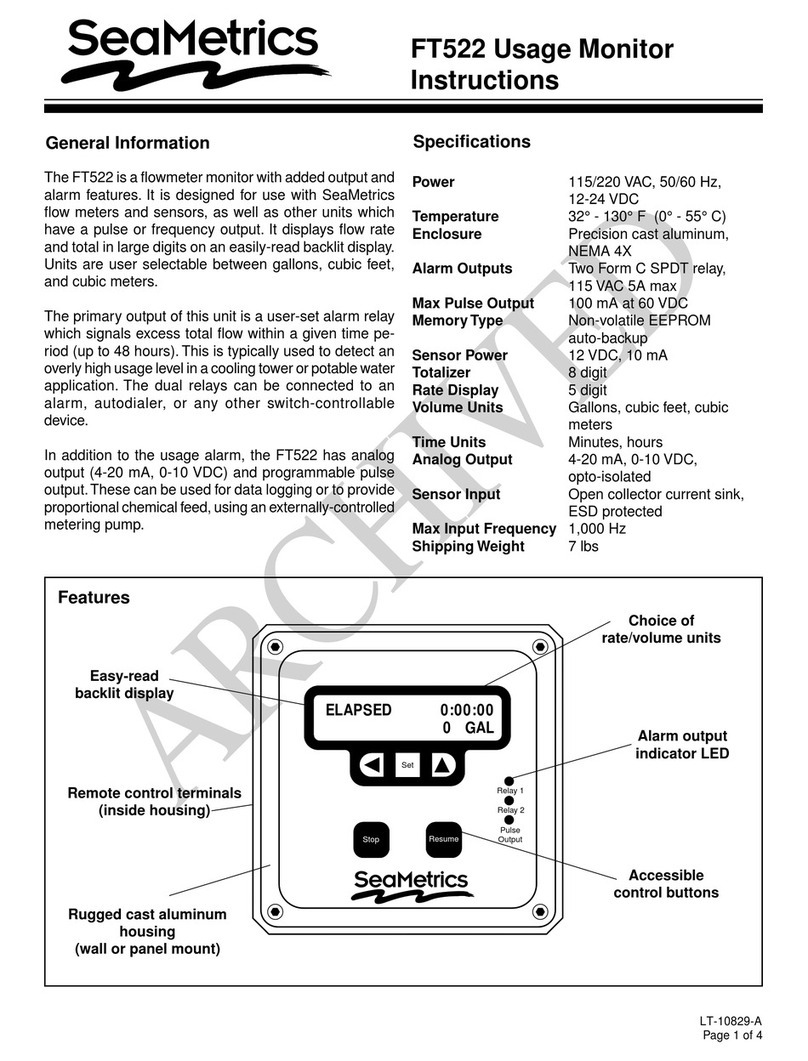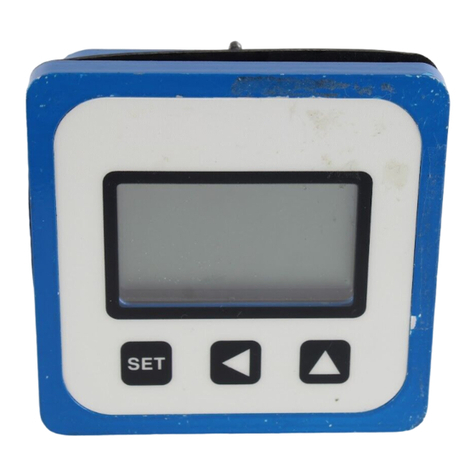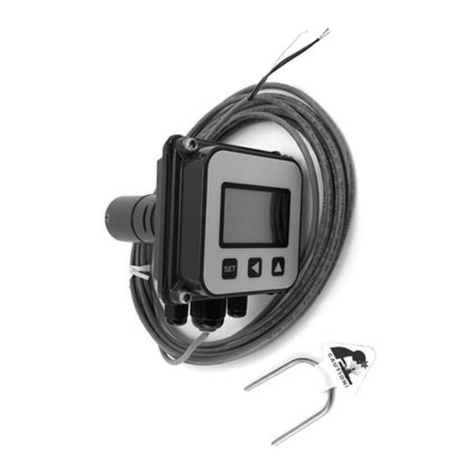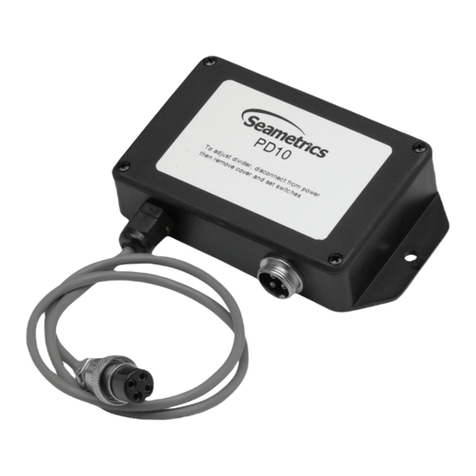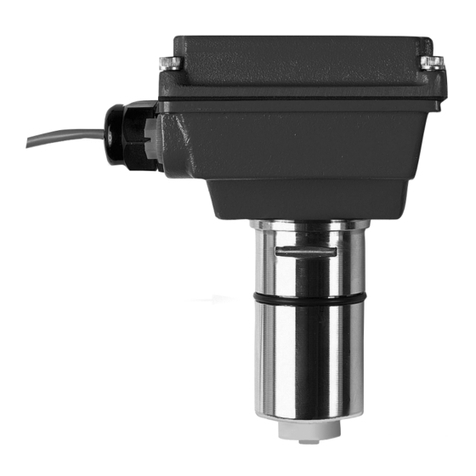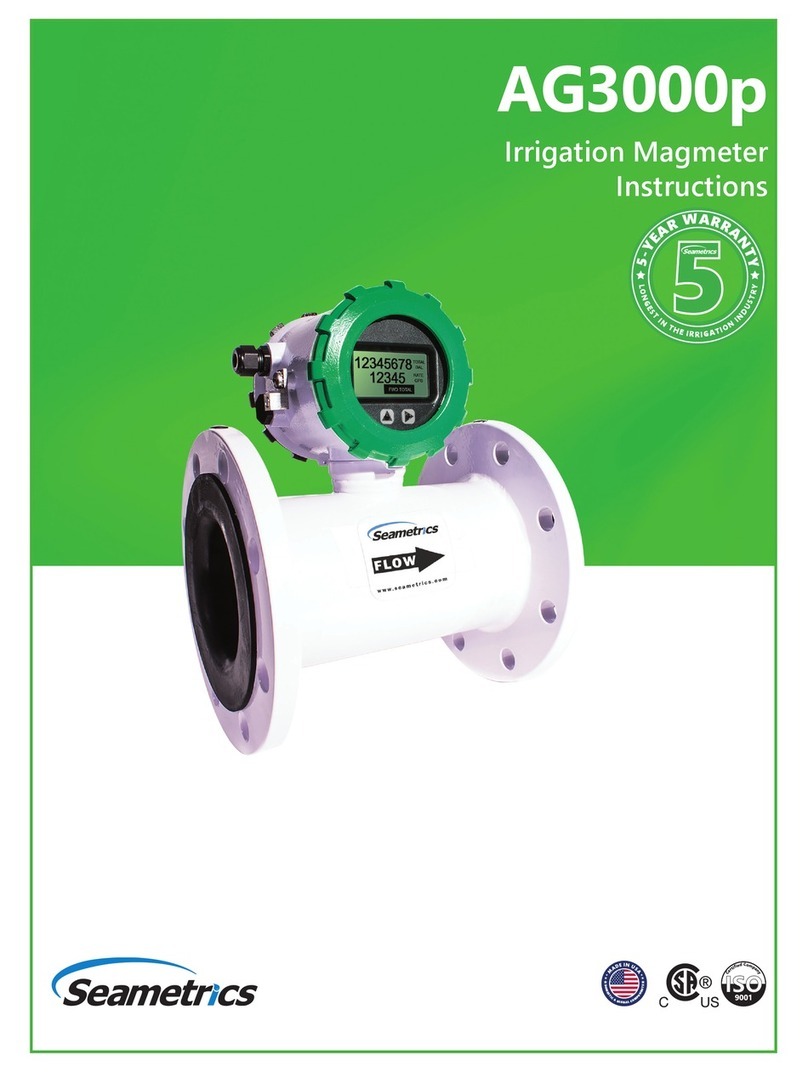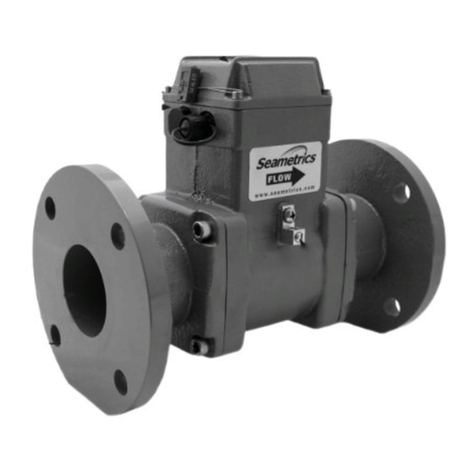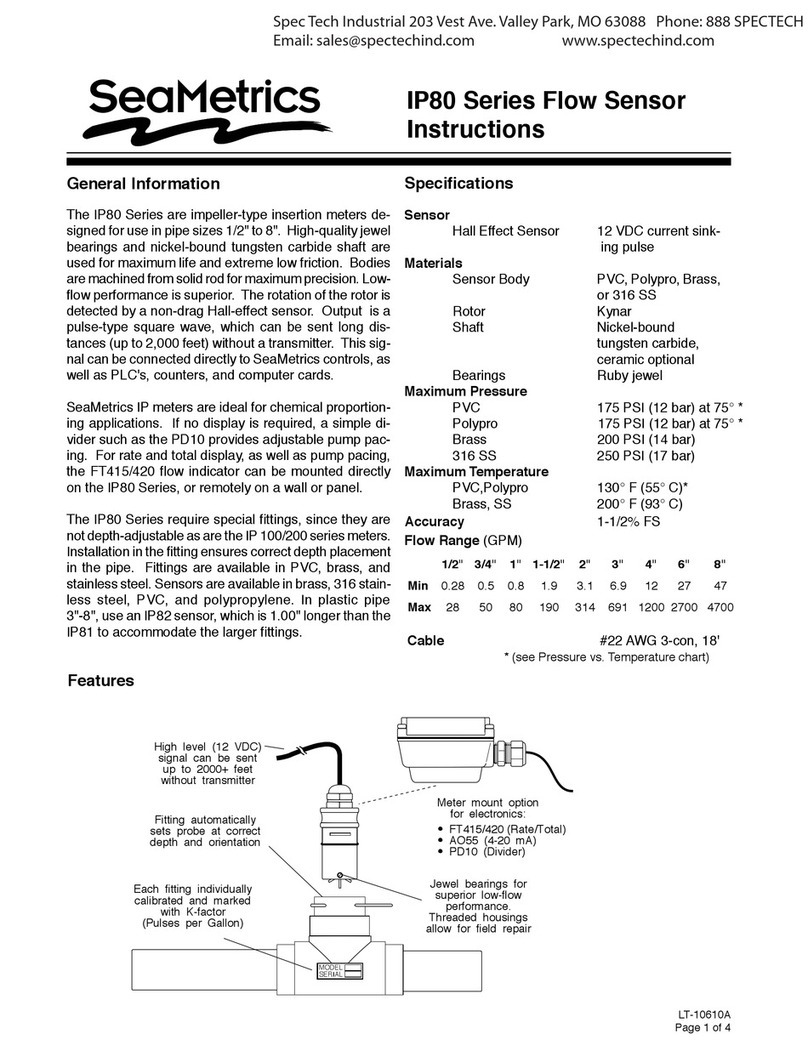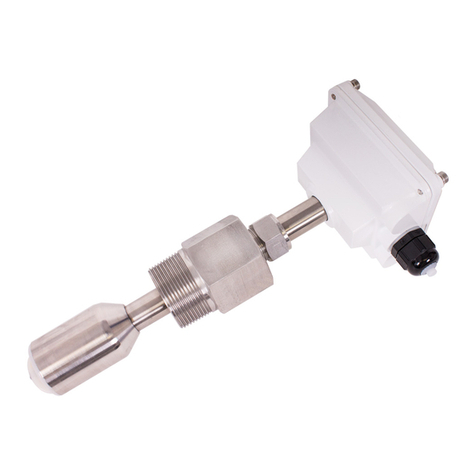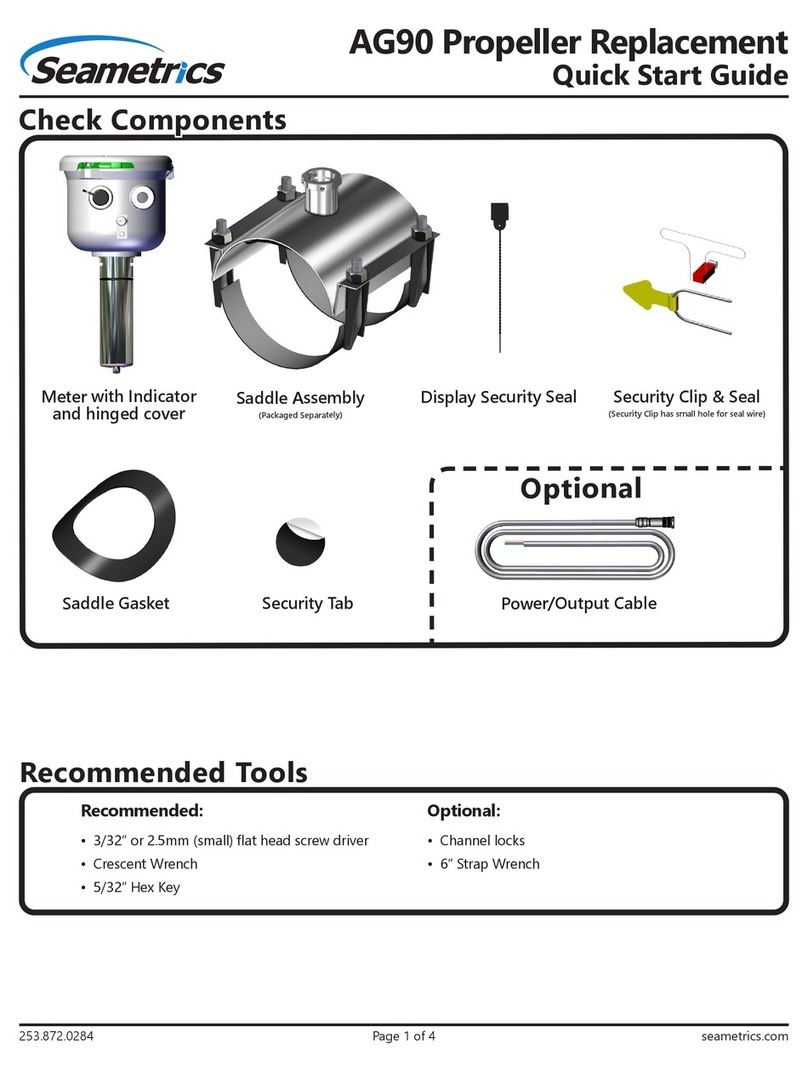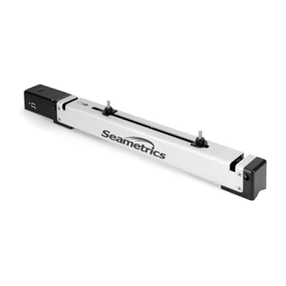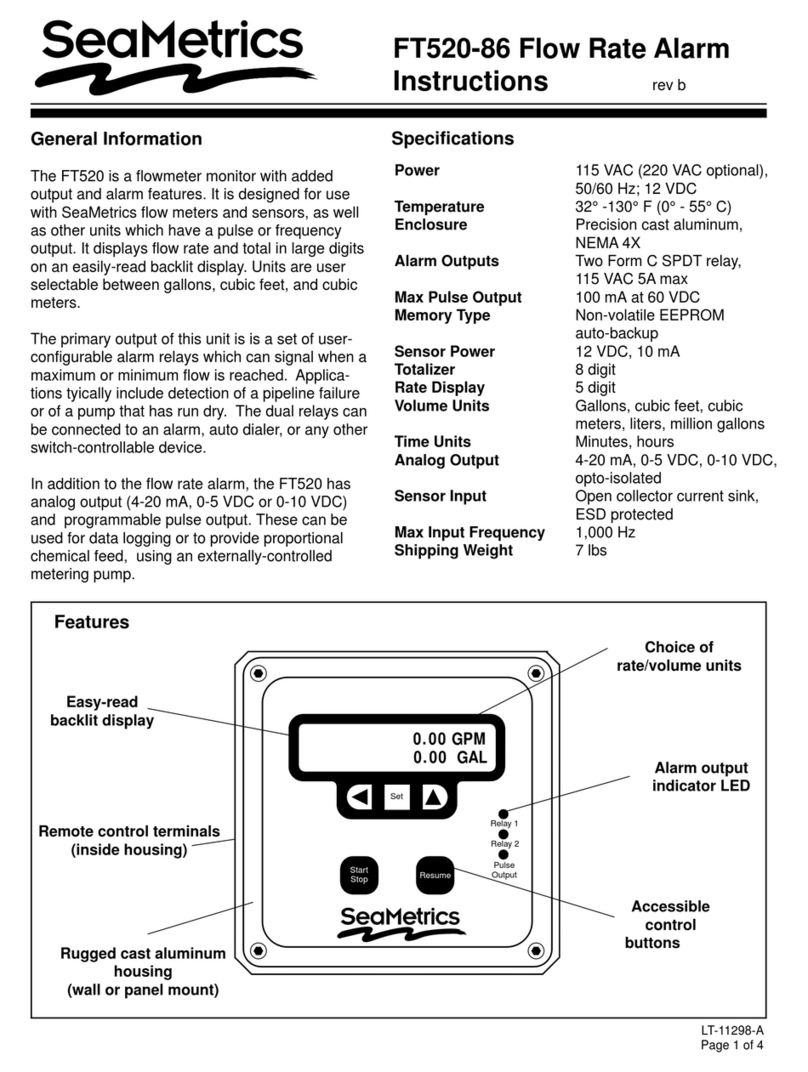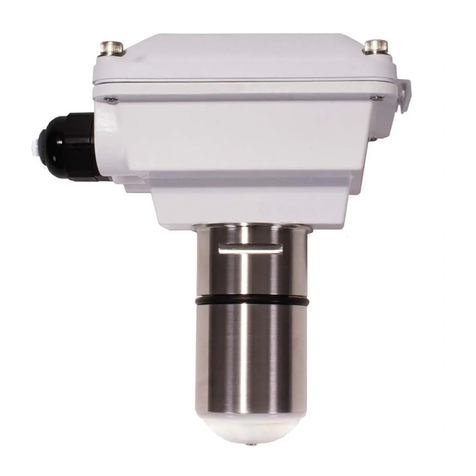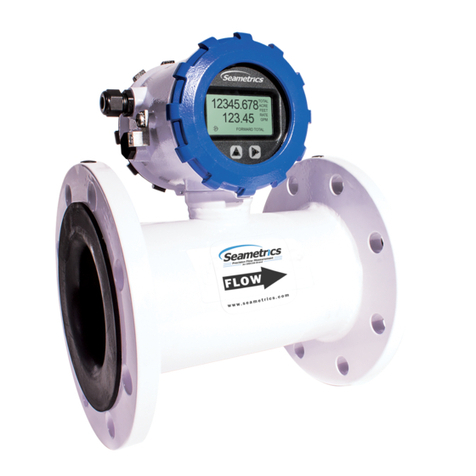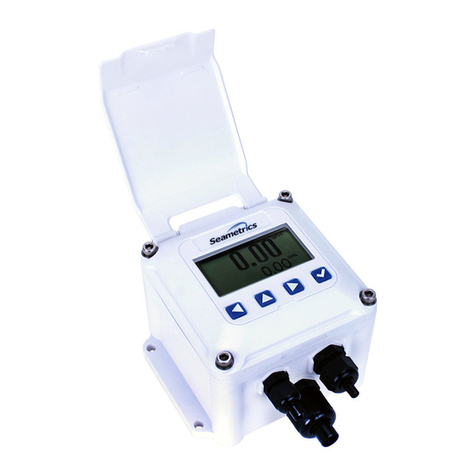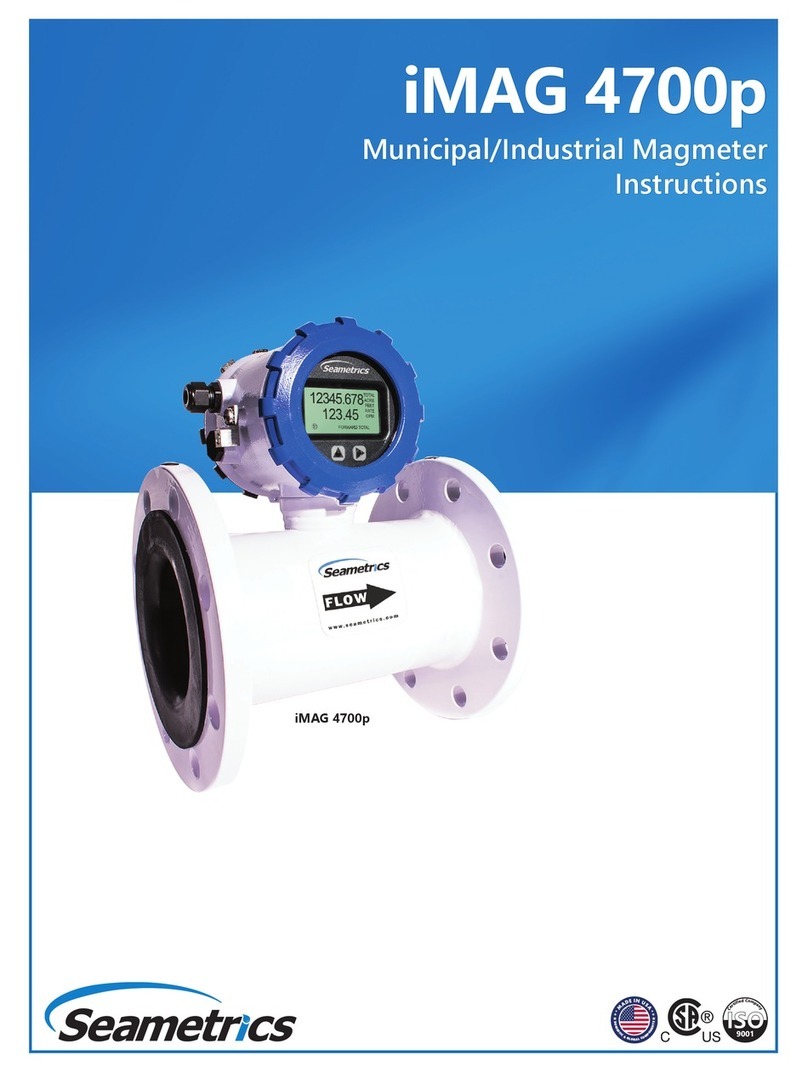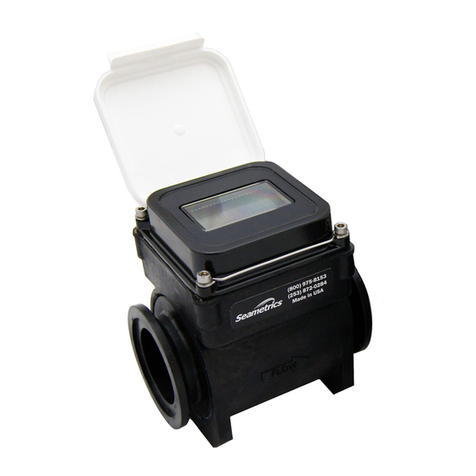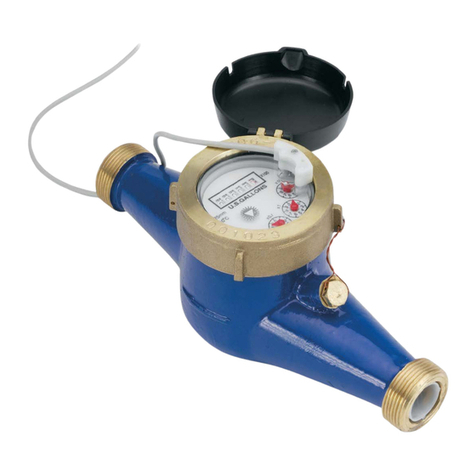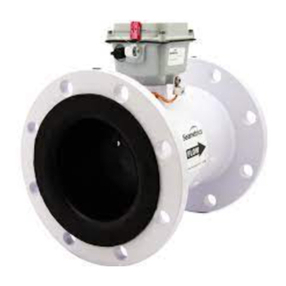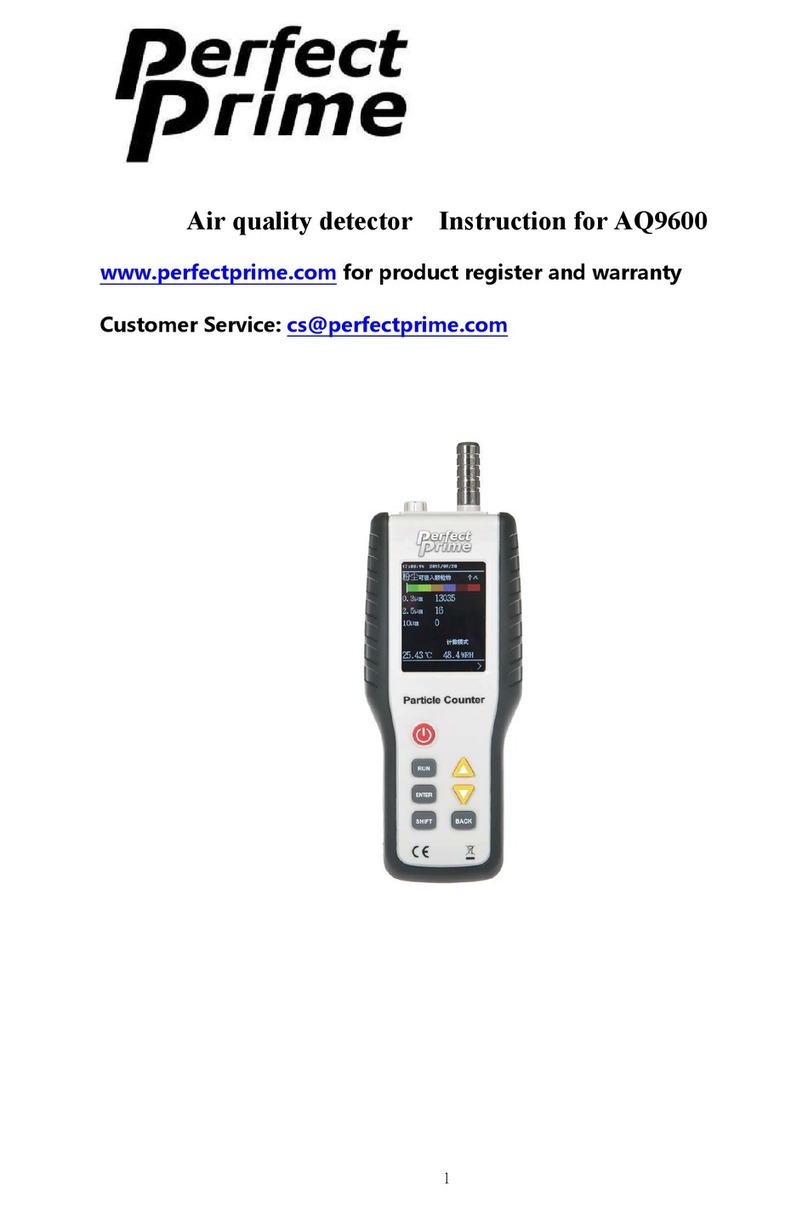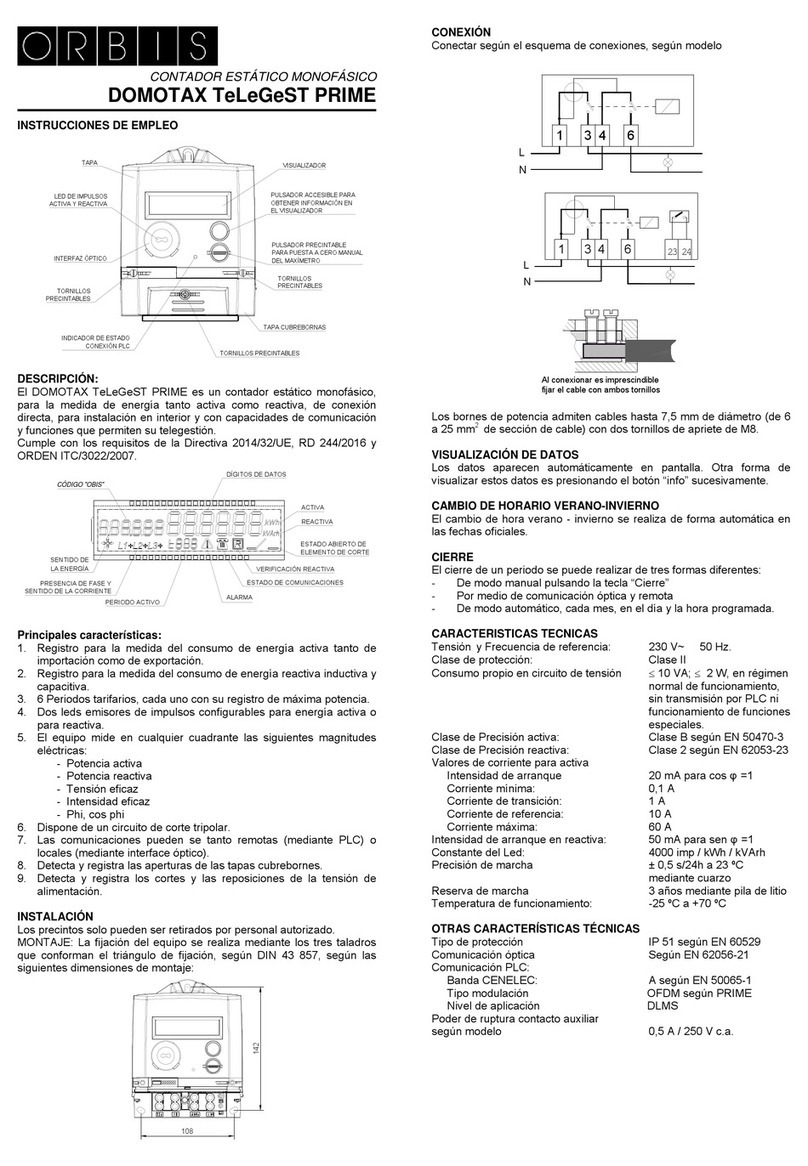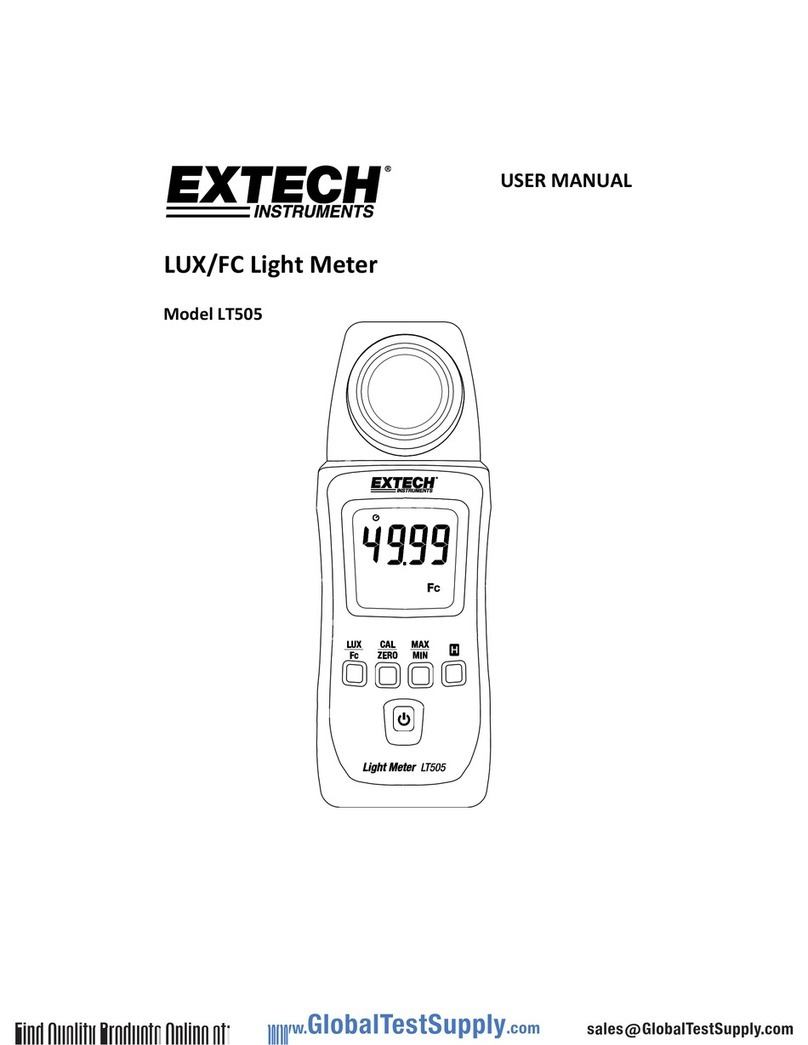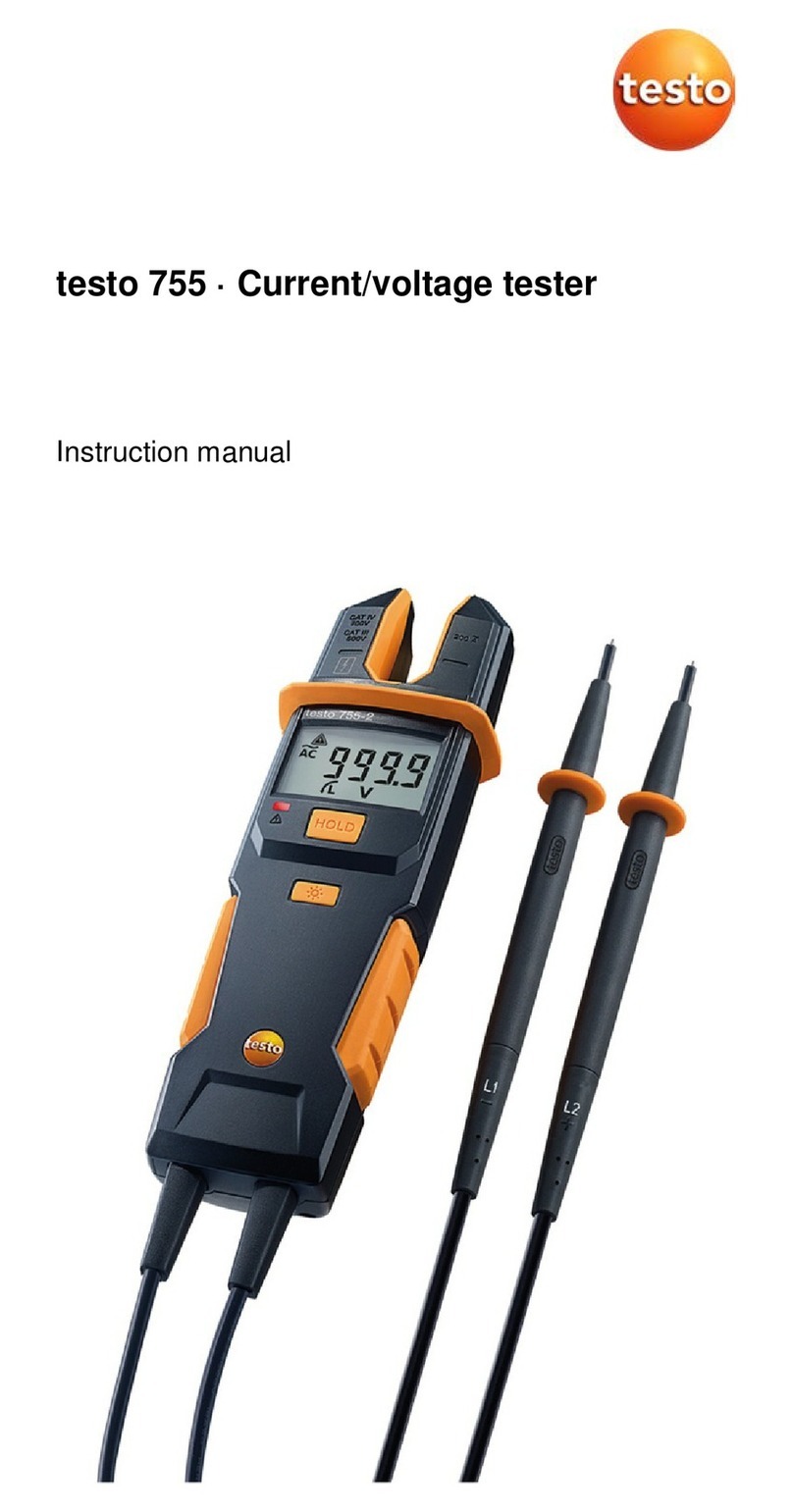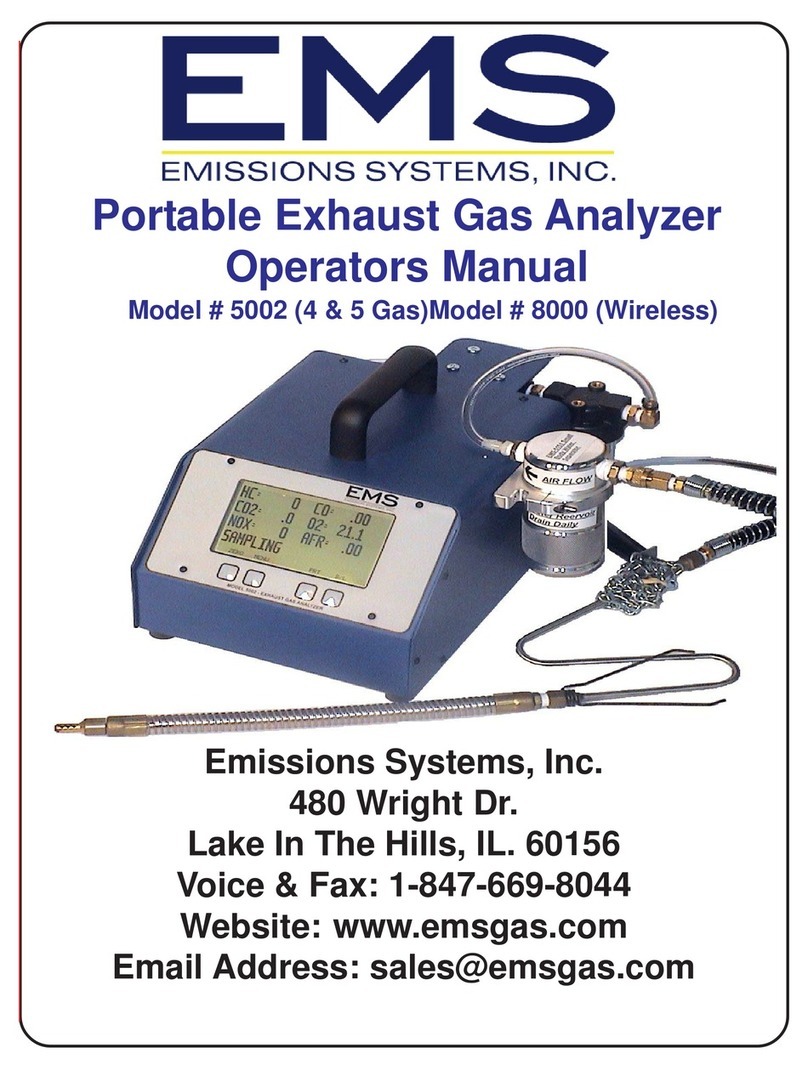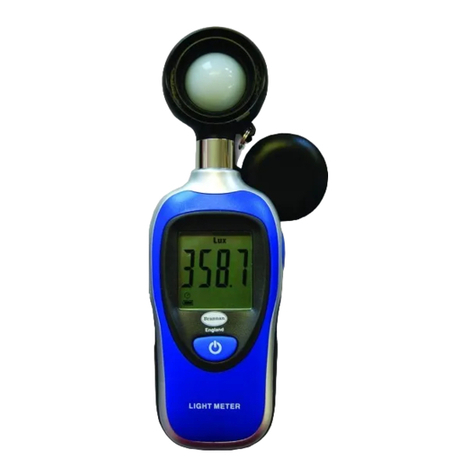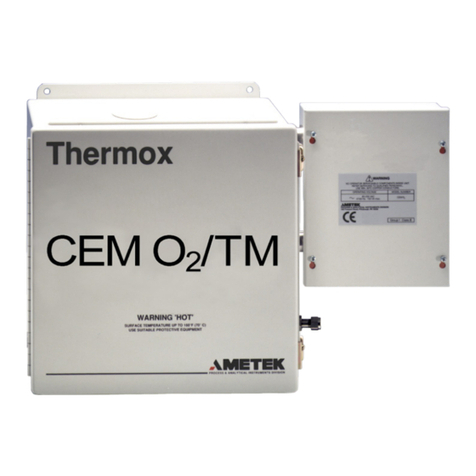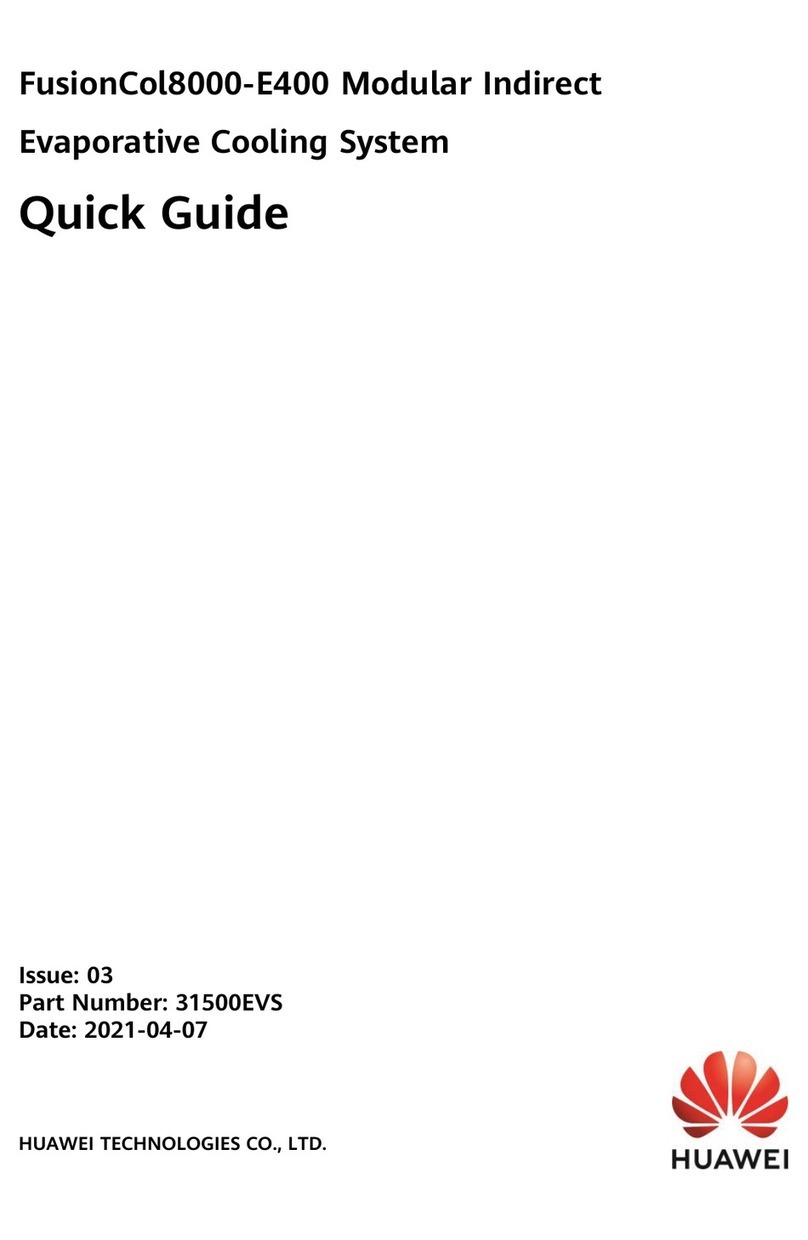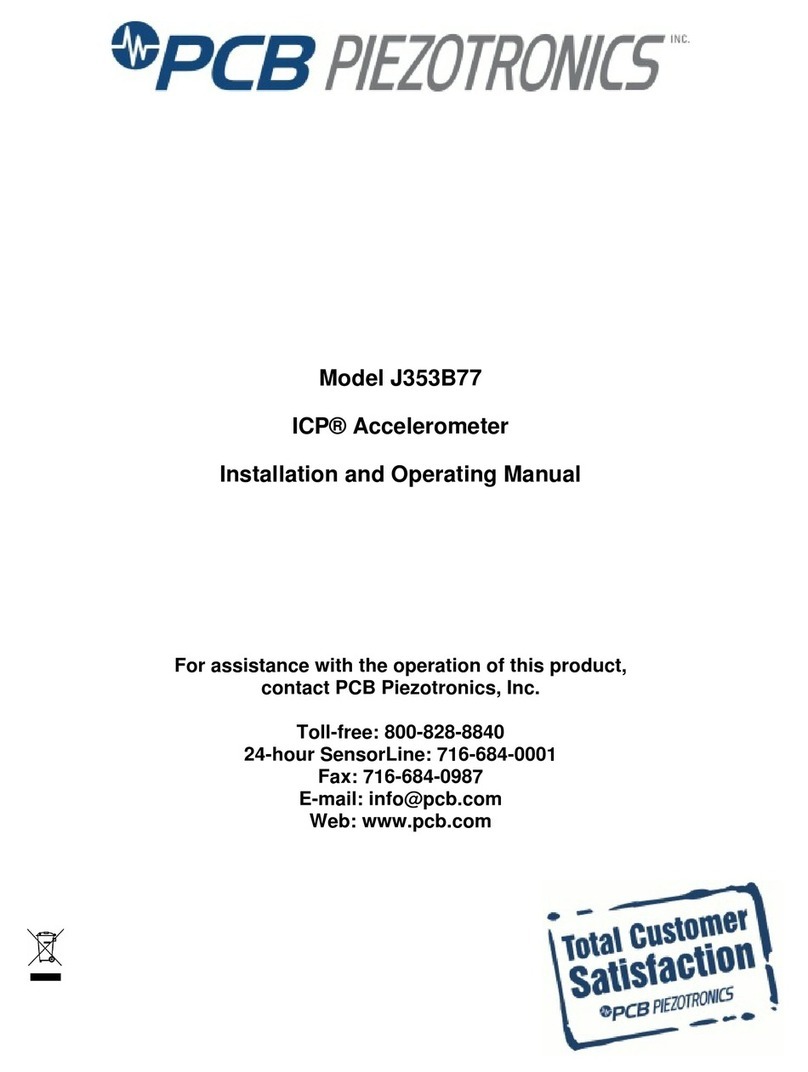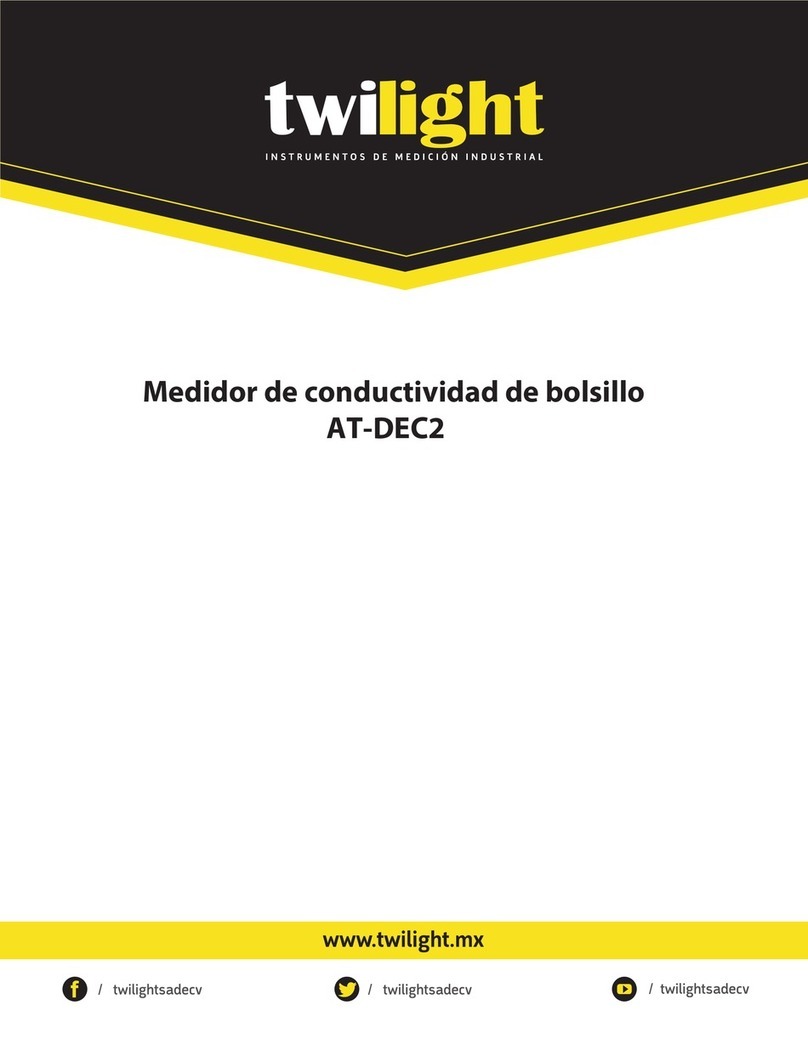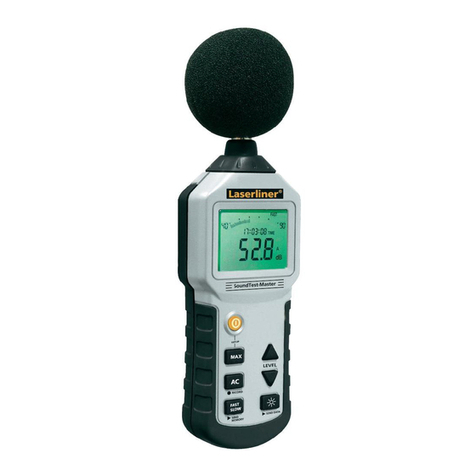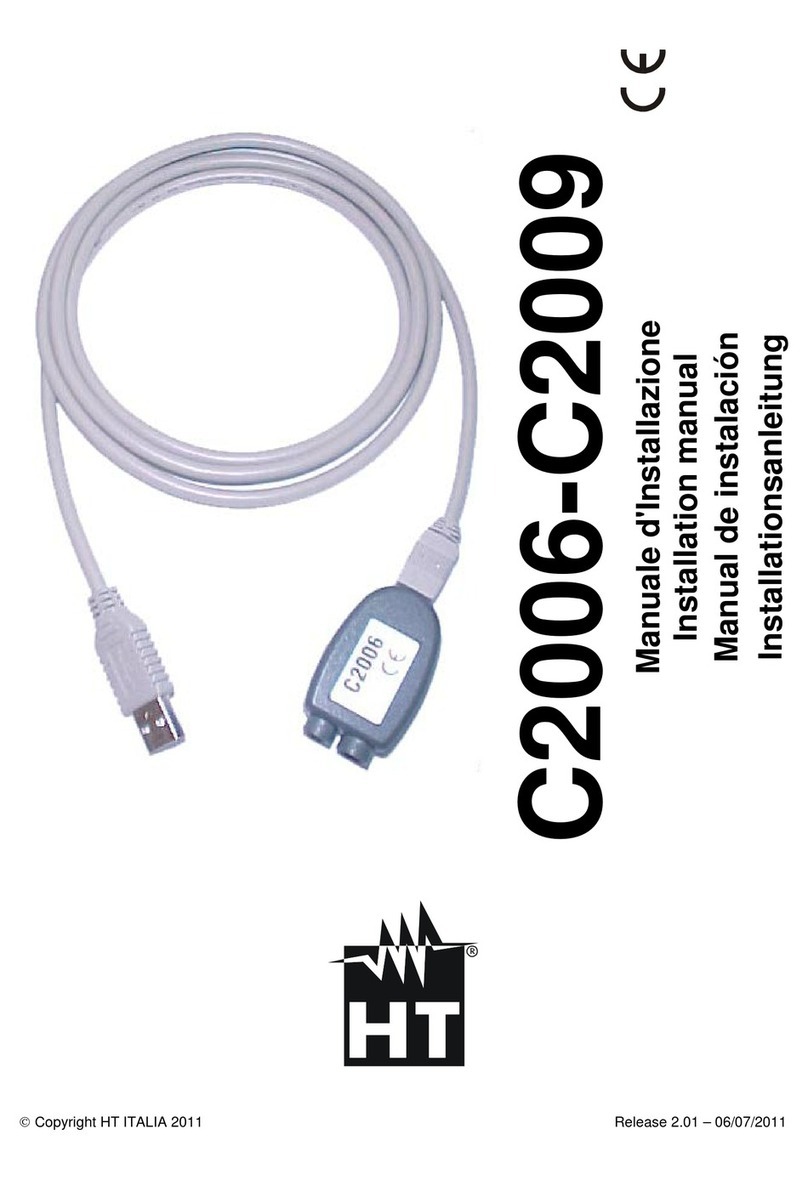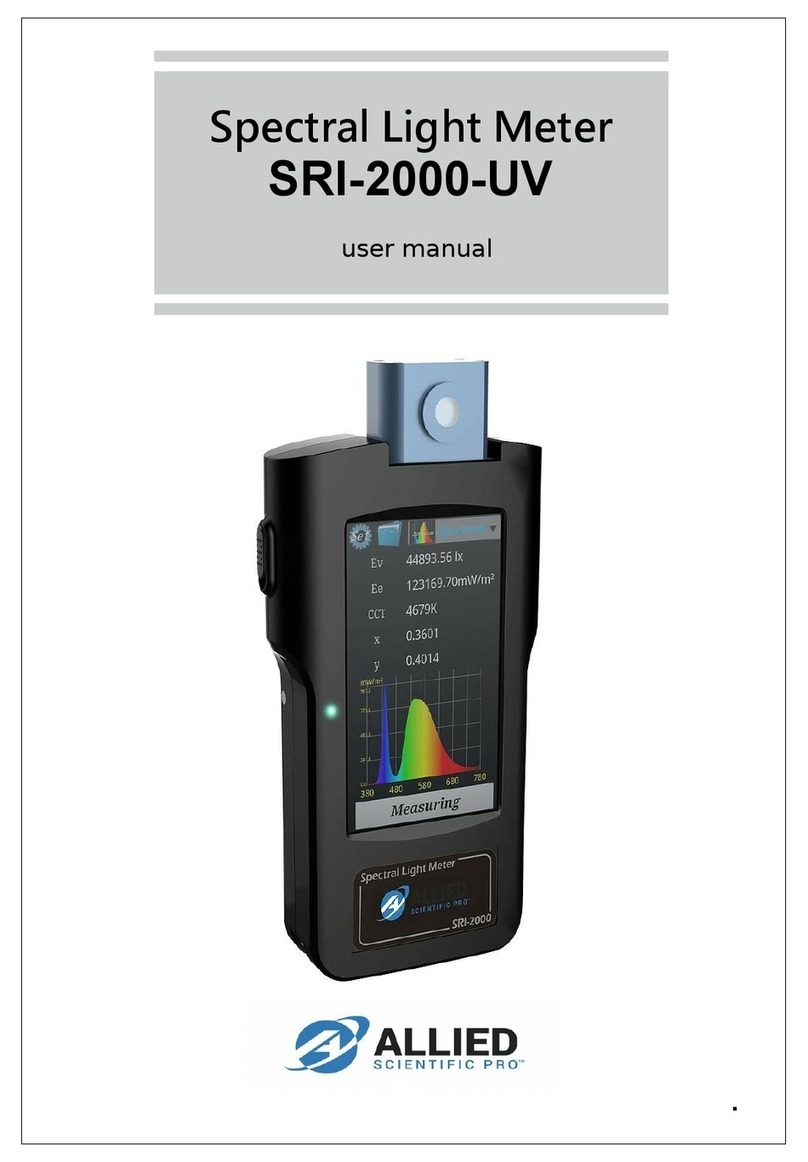
AG90-SERIES INSTRUCTIONS
Seametrics • 253.872.0284 Page 17 seametrics.com
TEST
TEST allows the user to initiate a fully functional, articial
ow rate for the purpose of testing other connected
equipment. When TEST is applied, all features of the
meter will function at the stated ow rate (in gallons per
second).
For TEST to function, the meter must be lled (not EMPTY
PIPE).
To enter a value into the TEST feature, navigate to the
TEST tab and enter a ow rate value in the VAL screen (in
gallons per second only,) then to the VAL box and
to the ON screen. This will initiate the TEST feature. The
next would bring you to the OFF screen, but you can
‘hold and tap’ the arrows to return you to the sub menu
while the feature operates.
After use, the TEST feature must be turned OFF. If the
TEST feature is not turned OFF, the stated static ow rate
(in gallons per second) will be shown any time the meter is
full or in a owing condition. Flow values recorded by the
meter while the TEST feature is operating are permanently
recorded in the displayed TOTAL. It may be useful to note
that these values are only written to permanent memory
every 15 minutes and cycling all power within this 15
minute time frame will return the meter to its previous
total.
To ‘wake up’ a battery powered meter, you may need to
hold the up arrow for 2 seconds and release.
The AG90 meter comes congured with a 7.2V ‘D’ size
lithium battery pack. In this conguration, the only option/
output is the scaled pulse output which comes standard.
Be sure to set your SETP value such that the meter will
function properly over the ow range in your application
(see page 12 for details). The sample rate of the meter is
user selectable through the SAMP tab in the meter’s sub-
menu. Sample periods of 1/5, 1/3, 1, 3, 5, 15, 30, and 60
seconds can be selected. (A sample period of 15 seconds
- 5.5 year battery life - is the default.)
Larger sample periods will yield longer battery life but
slower response time. Care must be taken to select a
sample period that is suitable for your application. See the
table below for the expected battery life as a function of
sample period.
DAMP/Filtering
The DAMP Filter allows multiple readings to be averaged
OPERATION
Battery Life/Sample Period
Sensor sample period(s)
(Seconds)
Expected battery life*
1/5 (0.2) 4.5 Months
1/3 (0.33) 7 Months
1 1.5 years
3 3.25 years
5 4 years
15 5.5 years
30 6 years
60 6.25 years
*Based on 85% battery capacity at room temperature.
over time, thus reducing the meters sensitivity to minor
changes in ow rate. The DAMP Filter is extremely useful for
situations where the ow is not perfectly steady (pulsating
ows, turbulent ows, etc.)
The DAMP Filter works dierently depending on the SAMP
selection:
SAMP < 1 second
When the SAMP setting is less than 1 second, the DAMP
lter is dened on a “per second” basis. The DAMP lter
always utilizes at least 1 second of data for its lter. Then,
it adds however many seconds you’ve selected in the
DAMP menu setting to that 1 second of data. For instance,
if you set the DAMP menu to 7, your AG90 meter will
utilize 7+1=8 seconds of data within the lter. This means
that the lter will average readings for 8 seconds prior to
displaying a reading. After the rst reading is displayed,
the lter kicks out the oldest 1 second of data, adds the
newest 1 second of data, recomputes the average ow
rate, and displays it to the screen/output. In this way, it is
considered a “running average”.
SAMP > 1 second
When the SAMP menu is set to a number greater than
1 second, the DAMP menu is dened on a “per reading”
basis. Again, the DAMP lter must always use at least 1
reading to generate a ow rate, so the lter will add 1 to
your selection. For instance, if SAMP is set to 15, and DAMP
is set to 7, the DAMP lter will utilize 7+1=8 readings worth
of data for the lter. This means that the lter will not be
full for 15x8=120 seconds. Note that in most long term
applications, these long lters may be ne, but in shorter
term applications, the DAMP and SAMP menus need to be
adjusted accordingly.
Battery Powered Units




















